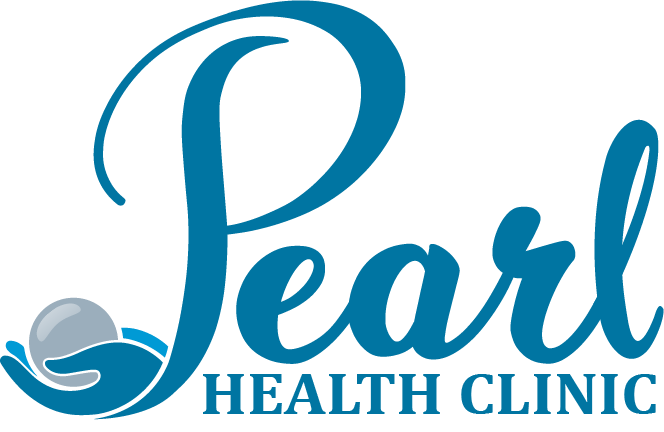
When life gets busy, it helps to have mental health care that meets you where you are. At Pearl Health, services like counseling, psychology, psychiatry, and telehealth aren’t separate silos—they’re parts of a coordinated approach. This post stays broad and non-directive, offering a simple picture of how these services can complement one another and make next steps easier to navigate.
Start with a conversation
Most people begin by sharing what day-to-day life looks like: what’s going well, what feels hard, and what they hope will change. From there, we talk through options at a high level and decide on a practical starting point. If you’re exploring where to begin, the Services page gives an overview of programs available across Pearl Health.
Counseling & psychology: skills, insight, and steady support
Therapy offers a place to sort through patterns, practice new skills, and build strategies that fit your routine. Some people prefer weekly conversation to keep momentum; others check in less frequently around busy seasons. The pace is flexible and can adjust as your needs change.
Psychiatry: options to consider when it adds clarity
For some, a psychiatry visit is part of getting a clearer picture. It’s an opportunity to discuss history, questions, and possible treatment options in plain language. The goal is understanding—not pressure—so you can make informed decisions with your care team.
Telehealth: flexible care when schedules are tight
When distance, weather, or work makes travel hard, telehealth can keep care moving. Many people appreciate being able to check in from home or a private office, especially for brief follow-ups. Telehealth doesn’t replace every visit, but it often makes staying connected easier. For neutral background reading on virtual care (not advice), the U.S. Department of Health & Human Services provides a consumer overview of telehealth basics. The National Institute of Mental Health also shares general information about mental health topics.
Coordinated care keeps things simple
Many people use more than one service over time. You might start with counseling, add a psychiatry check-in, or use telehealth between in-person visits. What matters is having a team that communicates so you’re not repeating your story at every step. Coordination also helps with timing—setting touchpoints that make sense for your week.
What “progress” looks like (kept general)
Progress can mean different things: steadier sleep, fewer tough days at work, feeling more present with family, or simply having a plan you trust. Naming what “better” means to you makes it easier to track changes and decide when to adjust the plan.
Small habits that help (non-medical)
- Jot a few notes before visits so you remember what matters most.
- Pick a check-in rhythm you can actually keep—even if it’s light.
- Share upcoming life events so your team can plan around real deadlines.
Where to begin at Pearl Health
If you’re new to town, returning to care, or simply curious about options, start by skimming recent community posts on News & Insights. When you’re ready to explore a first step, the Services page outlines counseling, psychology, psychiatry, telehealth, community programs, and more—so you can match your goals with the path that fits your schedule.
